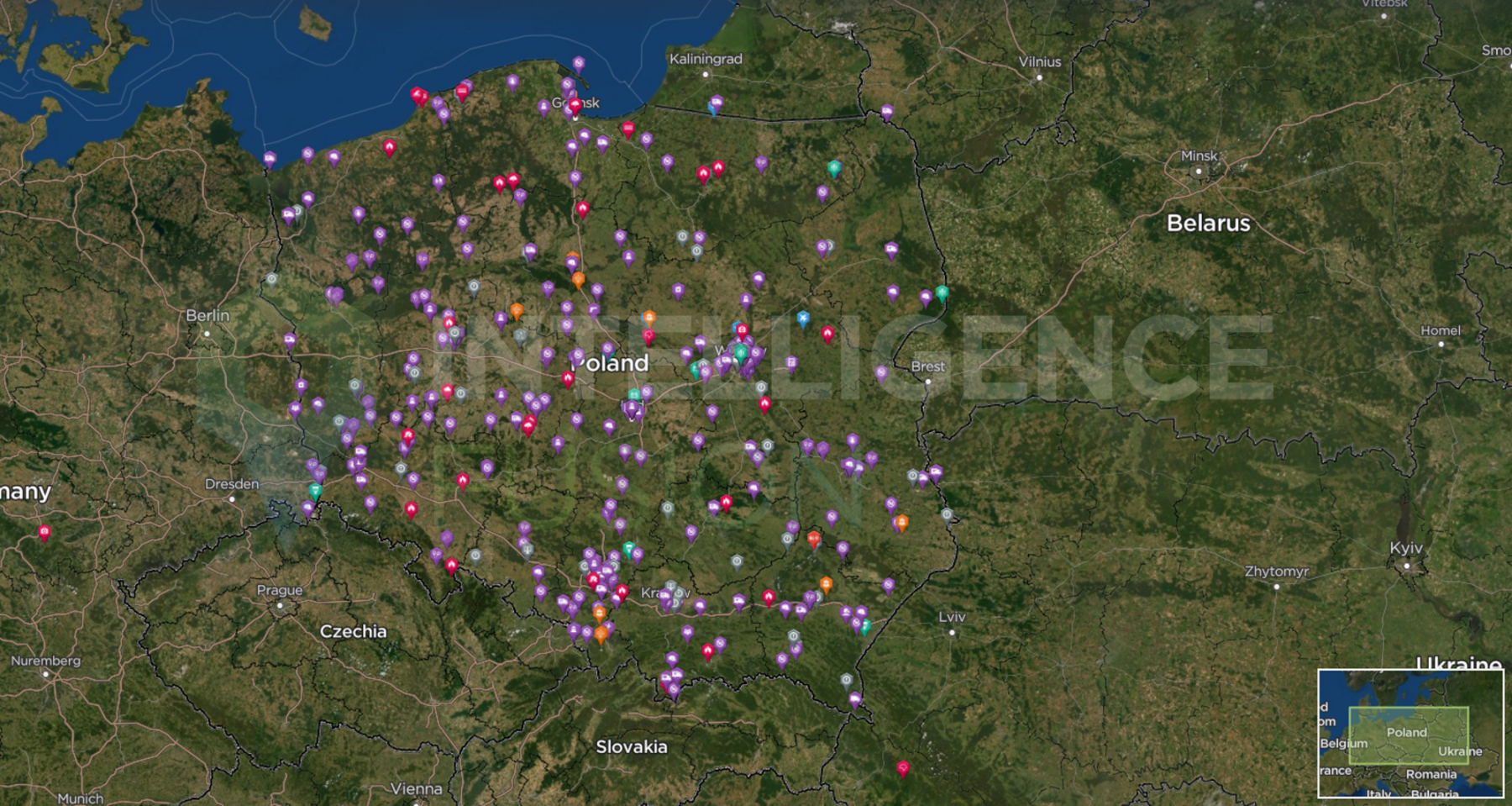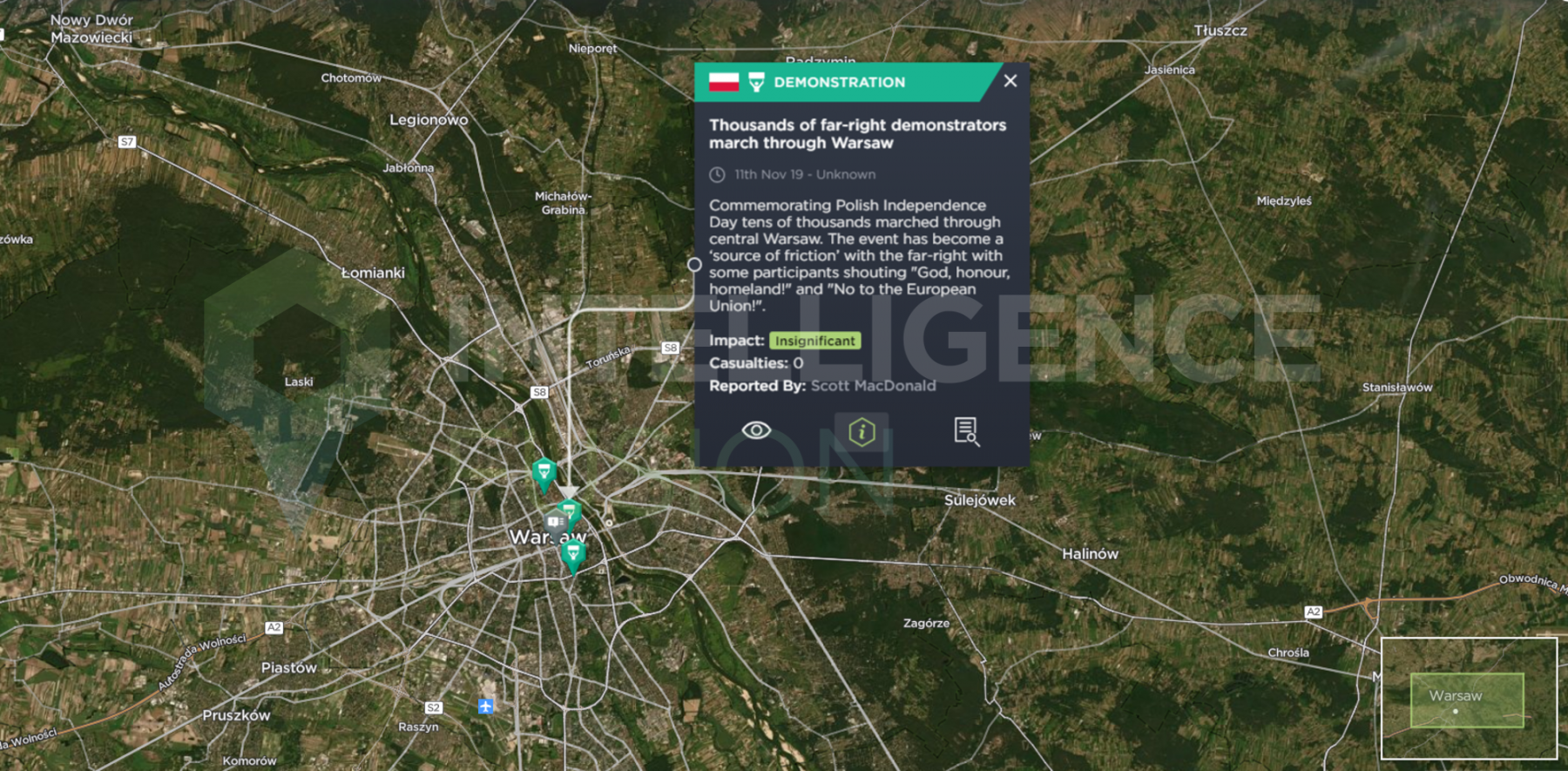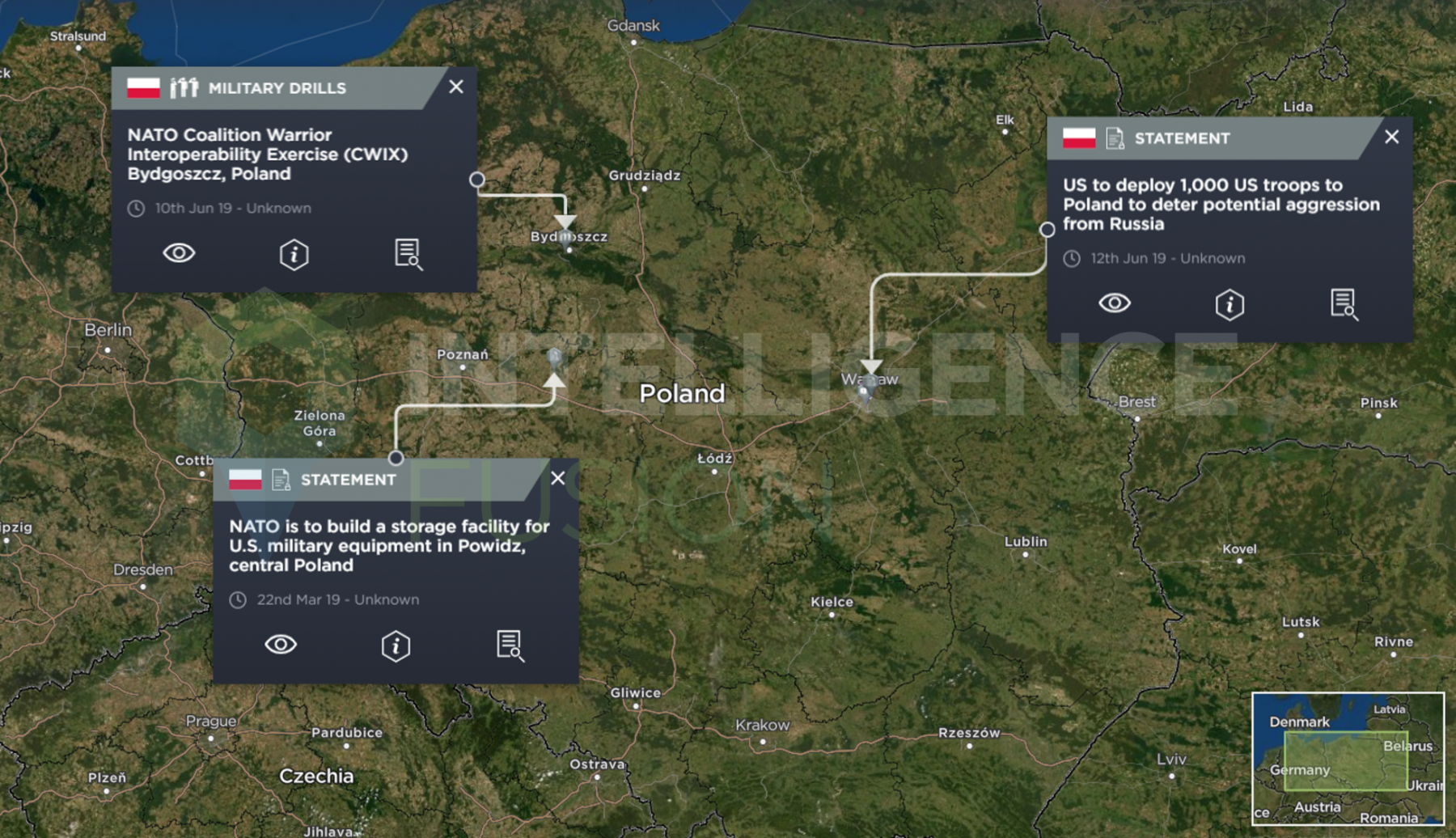Poland’s Geopolitics: German Rock, Russian Hard Place
Poland’s geopolitical situation is clear. The country is bounded by the Baltic Sea to the north and the Tatra and Carpathian Mountains to the south. The country is oriented east to west along the Northern European Plain which goes from Northern Germany up to the Polish-Russian border. This flat plain is Poland’s geographical fate.

Corridor
To get from Western Europe to Eastern Europe and Russia, or vice versa, one must go via Poland. South lie mountains, north the Baltic. Poland is the conduit for great powers.
The Mongols invaded Poland from Russia. When Charles XII of Sweden invaded Russia he did so via Poland, crossing the frozen Vistula to take the Russians by surprise. Napoleon did similarly, amassing magazines on the Vistula before advancing east. When Imperial Germany and the Russian Empire clashed in the First World War, it was in the Masurian Lakes, which are part of the North European Plain.
The first shots of World War II were fired in Gdansk as Hitler’s Germany moved to secure its eastern flank against its Russian accomplice, which became its Russian opponent. Both punished Warsaw repeatedly. Poland was a jealously guarded addition to the Soviet sphere of influence because Moscow knew it was the avenue by which Western leaders habitually invaded the Motherland. With no natural barriers east or west, Poland is a country of historic vulnerability to more powerful neighbours. It’s a place to which geopolitics has been unkind.
However, this halcyon post-Cold War period for Poland is coming to an end, while Polish geopolitics waits to make its return. Firstly, the European Union is fragmenting. Britain is about to depart, and Euroscepticism is on the march throughout the continent. Poland’s popular PiS (‘Law and Justice’) party has been in regular conflict with the EU for its political interference in the Polish judiciary.

Poland publicly opposed Chancellor Merkel’s approach to the refugee crisis of 2016. A Pole doesn’t need a very long memory to recall a time when Germany was the enemy. In short, if Poland desires a strong connection with other European powers to make itself a less appealing target, the EU is a decreasingly attractive option.
NATO, likewise, is viewed by Warsaw as less of a sure thing than it once was. Poland is one of the few member countries that meets its 2% defence spending obligation. Only Estonia, another country which borders Russian territory, the US, UK, and Greece also meet their obligations. The US has defence commitments elsewhere (and President Trump is easily the most anti-NATO president since the alliance’s foundation), and Greece’s armed forces are primarily focused on Turkey rather than Russia. From the historical front line, Poland reasonably worries about NATO’s commitment.

Poles apart
So Poland’s ahistorical certainties about how to manage its historic risks are in decline. Its geopolitics remains the same, so the solutions it seeks echo those it has taken in other points of its history.
There is a Polish joke that the blue in their flag represents its reliable allies. Poland’s flag is, of course, only red and white. The country was trisected by Austria, Prussia and Russia in the 18th century, and bisected by Germany and Russia in the 20th. Both times, allies stood back and allowed it to happen, most notably during the Phony War of 1940, when Britain and France declared war for Poland but remained on the defensive, rather than attacking Germany from the west or moving to support Poland in the east. And then, after a war begun in defence of Poland, Britain, France and the USA did nothing to prevent a Soviet takeover of the country.
In reaction, Poland’s response to Russian aggression in Georgia and Ukraine, has been to pursue its own bilateral and multilateral alliances, augmenting its pre-existing arrangements with NATO and the EU. Furthermore, it has actively moved to counter Russian efforts at revanchism. Poland has taken control of its own defence.
Allies between and over seas
Firstly, Poland has independently moved closer to the US. Donald Trump might be wary of NATO, but he appears willing to cooperate with Poland (in no small part apparently because of a Polish promise to name a base “Fort Trump”). Poland has also deployed soldiers to Mali, Haiti and Afghanistan in solidarity with the Americans. Aware that history has already repeated itself with Russian invasions of Poland, it seeks to make itself a dependable American ally.
As well as increasing cooperation with one powerful nation, Poland is attempting to remedy its geopolitical weakness by taking leading roles in regional partnerships – other countries in the Russian firing line are more likely to come to its aid.
At Poland’s most powerful, it was part of the Polish-Lithuanian Commonwealth, which stretched from the Baltic to the Black Sea (and which was formed in response to threats from Germany, the Teutonic Order, and Russia, the Mongol Golden Horde). In the 1920s the Polish statesman Josef Pilsudski, seeing the chaos following the First World War and the rise of the Soviet Union, attempted to form a coalition of nations between the Baltic and the Black Seas to contain Russia: the Intermarium. While the idea ultimately came to nothing, the geopolitical logic of it remains.
Poland has recently created the Visegrad Battlegroup, an armed force comprising Polish, Czech, Hungarian and Slovakian troops. Although these four nations are in NATO, the battlegroup is loosely under EU control. The four nations were part of the Warsaw Pact, and have no desire to be placed back under Russian hegemony. They’re aware of the risk posed by Russia in a way France, Great Britain, Italy or Spain do not.
Secondly, Poland and Croatia have instituted the Three Seas Initiative, comprising nations from Estonia to Bulgaria. It is ostensibly focused on connecting infrastructure, but it also challenges the Russia-to-Germany gas pipeline Nord Stream 2. Once again, Poland has taken steps to undermine Russo-German cooperation.
Enemy of my enemy
Poland has also attempted to weaken Russia in a policy called ‘Prometheism’ (named after Prometheus, a figure striving to liberate humanity from despotism). As with the Intermarium, this idea originated with Pilsudski. In international relations, a country is only powerful in relation to others. If Poland is geopolitically vulnerable, it can make itself a harder target (via the Intermarium) and it can weaken its enemies, by Prometheism.
In the 1920s this involved weakening the young Soviet Union. In the 21st, this has involved backing various movements opposed to Putin’s Russia. Polish governments have received refugees from Russia’s wars in Chechnya, supported Georgia in 2008, and most recently aided Ukraine. Poland has been supporting Ukraine financially and militarily. There are Poles high up in key parts of Ukraine’s industry. What weakens Russia relatively strengthens Poland.
Old wounds, new opportunities
Poland has taken steps to solve its perennial geopolitical problem. However, there is more to be done: it must avoid alienating the European Union with its authoritarian shift under PiS while ensuring it grows economically to avoid brain-drain and demographic decline (demographic decline could, for example, be addressed by taking refugees, which would also improve its relations with Germany). If it manages these, Poland’s position has potential. With Russia checked by Poland’s alliances, the country can become the leader in Central and Eastern Europe, and America’s main ally in the region. With greater influence it can continue to contain Russia, for example in Ukraine.
Poland has been subsumed by other powers, surviving only in its language, culture and shared history. The country has many memories of invasion and oppression, but also of heroism and triumph. Its best chance for more of the latter is to work with its European partners. It doesn’t need to forget the damage Germany has wrought, but it also needs to understand Germany shares memories of invasion and devastation too. Together, and in concert with the EU and NATO, Poland’s geopolitical position can only improve.
As the geopolitical situation evolves in 2020, Intelligence Fusion will continue to monitor the landscape to ensure our clients have a complete and comprehensive understanding of the political stability of Poland and how this feeds into the security profile of the country, that of the European Union and more widely, the world.
Report written by Brendan Clifford